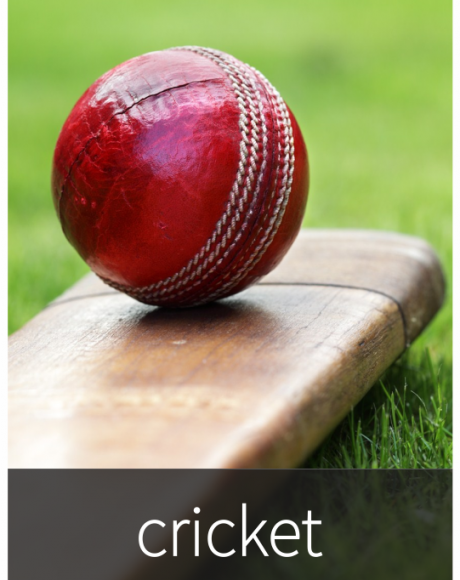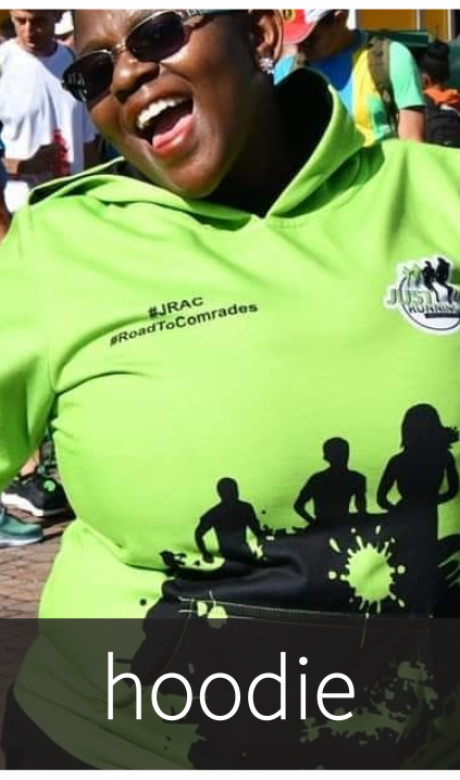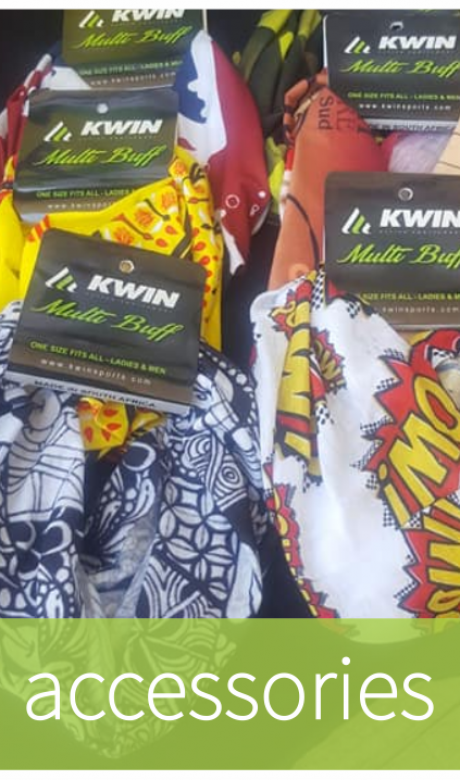Our Processes
Where does it all start?
So where does all start?
Art Preperation
Our art room will require any logos or images in vector format. If you are unable to supply in this format, we can convert into that format for you at an additional cost.
At this point, your design is likely to come from three avenues:
You would have found a design that you would like customised to your requirements, or If you want something more specific, you can prepare a brief for our in-house designers to follow, or You can come in and sit down with our in-house graphic designers and talk them through your specific requirements, this whilst they implement your instructions onto the screen at the same time at an additional cost.
Once the concept is complete, our designers will send this through to you for your final alterations or approval.
When the concept has been approved by you the customer, we will then transfer the concept to final print lay-ups.
If you have any concerns about specific colours, positioning or logo sizes, we can generate a flat sample panel for you to check, this before we go into final print and production.
In peak times, we aim to have the concept to you within 7-days and in quieter times 4-days.
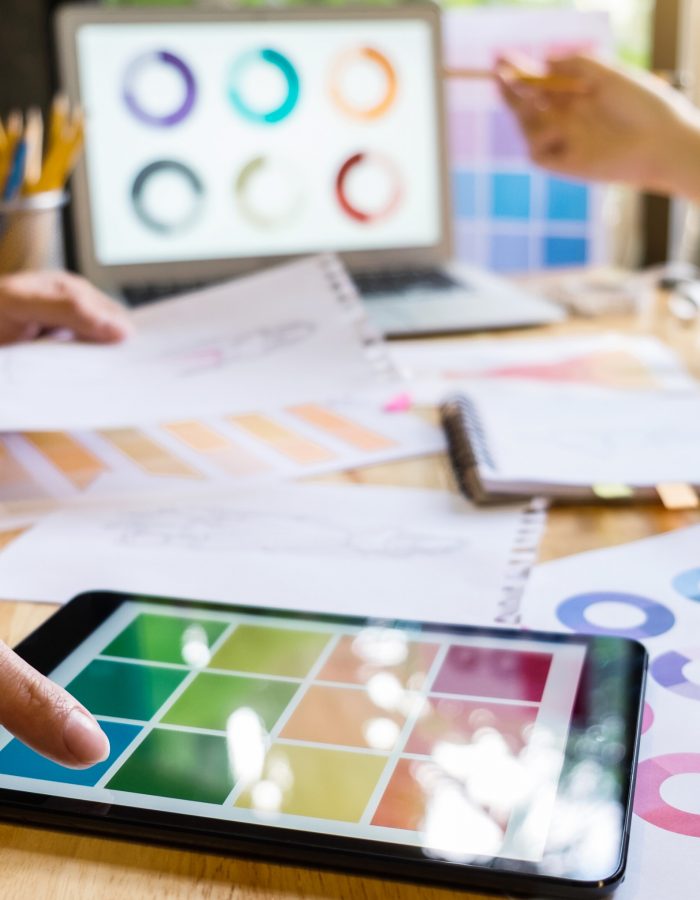
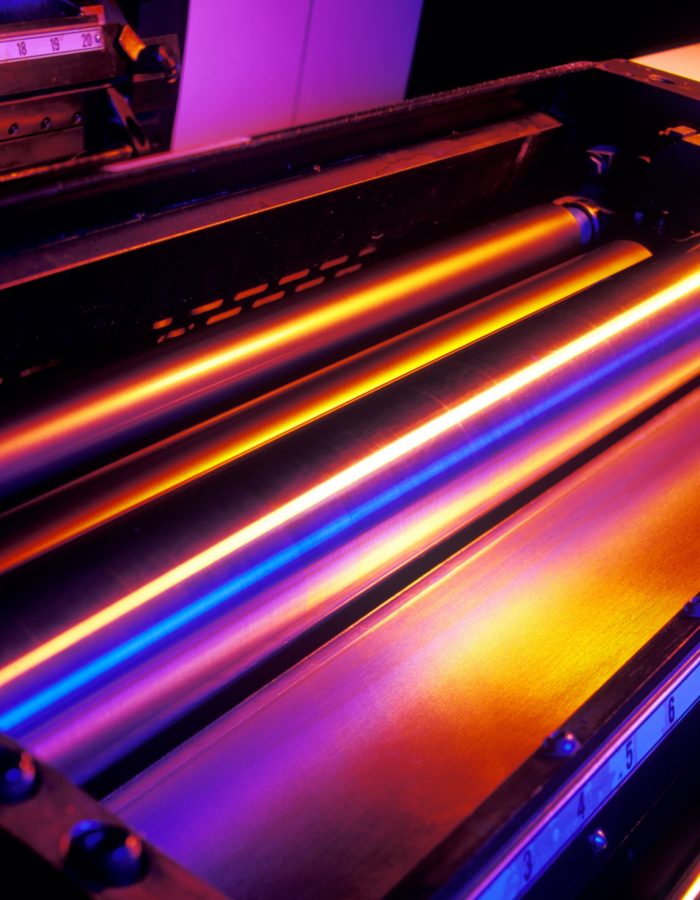
Printing
Once all the artwork has been prepared and signed off and the order has been received, the printing is the next matter to be dealt with.
The printers we use are very high speed when compared to the traditional dye sublimating printers of old.
These cutting edge printers give us great flexibility to print volume accurately and quickly and therefore enable us every opportunity to meet all of our deadlines.
Most people learning about dye sublimating for the first time think that the printers print directly onto fabric. This is in fact incorrect.
The artwork is printed onto dye sublimating paper which we source from Europe. In addition to this dye sublimating paper being the very best available, it is also very fast drying which facilitates consistent performance. The inks we use are also sourced from Europe which is expensive but a high quality product.
The print room is a controlled environment needs to be kept at 23 degrees Celsius with 50% humidity; this exact environment is necessary for the inks to be absorbed in a timely and efficient manner into the paper. We have temperature and humidity gages in our print room and we are frequently checking this information.
We will explain in detail what happens to the printed paper and how it is transferred to the fabric in the heat press section.
Cutting
This part of the process consists of two sections; patterns and pattern making where necessary and the cutting of the lengths of fabric into garment panels.
It is now rare that we have to make new patterns as the past 5 years has enabled us to build a core range of garment patterns that have been tried and tested to ensure that the fit of our garments cater for all shapes and sizes … however, should we need to create a new pattern, we can do so.
Whilst the technology of our work is now very different to times past, it does however still start with the paper pattern; having said that, the new age of technology then steps in and the paper pattern is digitally scanned into pattern making software which then enables us to grade all the sizes accurately.
The unique pattern and grading software ensures that every size cut will always be exactly the same.
with the paper pattern; having said that, the new age of technology then steps in and the paper pattern is digitally scanned into pattern making software which then enables us to grade all the sizes accurately.
The unique pattern and grading software ensures that every size cut will always be exactly the same.
Finally, our cutter who runs our state of the art cutting machine has been a fabric cutter for 43 years and is to say the least, an expert in this field.
The cutting of the fabric you order will happen simultaneously with the printing of you

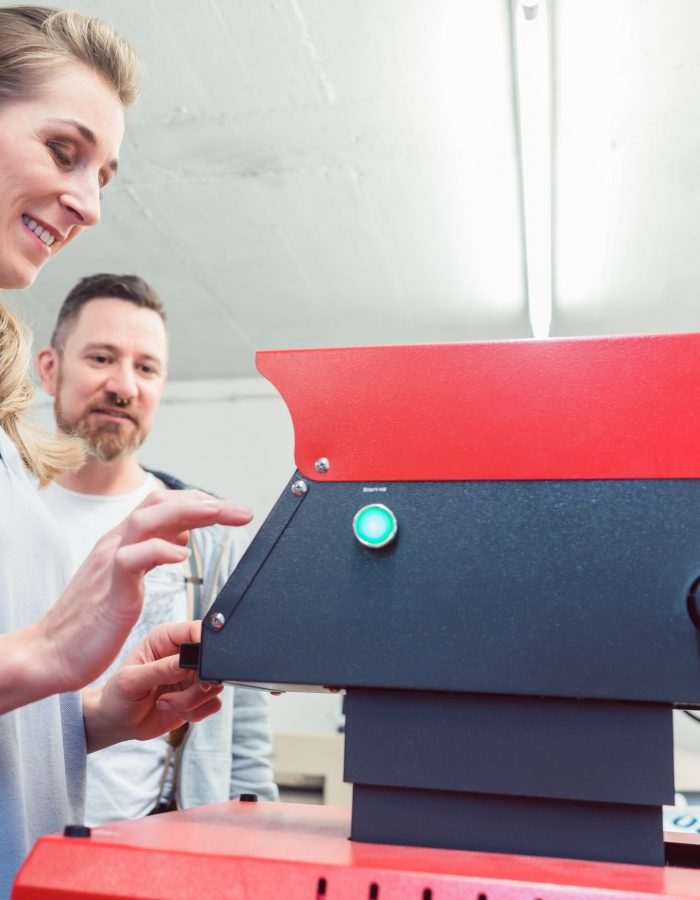
Heat Press
The next step of the process is the Heat Press; this where the printed sublimation paper & fabric panels come together & the garment starts to come to life.
The sublimation paper roll is loaded on & then feed into the Heat Press, which is set at 210 degrees Celsius (this is the optimum temp for the paper & fabric we use). Simultaneously the fabric or panels are then laid on top of the printed sublimation paper & under pressure/heat, the ink is transferred into the polyester fabric.
Once the fabric has passed though the press it is bundled up into sizes & then is ready to move onto the next step in the process which is sewing the garment together.
Sewing
The next step in the process is Sewing the garment together.
Although technology has come a long way over the years, the sewing of garments is still a very tedious & labour intensive process. We have invested in sewing equipment that will help us complete the work as time efficient as possible, while also ensuring a high quality finish.
Our team of sewers are very experienced & been sewing/working in the industry on average for 15 years each.


Final Touches
Once the sewing is complete, the garments are then need to be finished off, ready for dispatch.
This process involves a few keys areas;
Trimming – all loose threads are removed from the garment.
Quality Control – all garments are inspected to ensure these meet our quality standards.
Pressing – all garments are pressed using an industrial steam press to ensure the finished product is presented to the highest possible standard.
Bagging – the garments are then folded, bagged, counted & then ready to be dispatched.
Once complete you will be contacted to arrange payment, pick-up &/or delivery requirements


